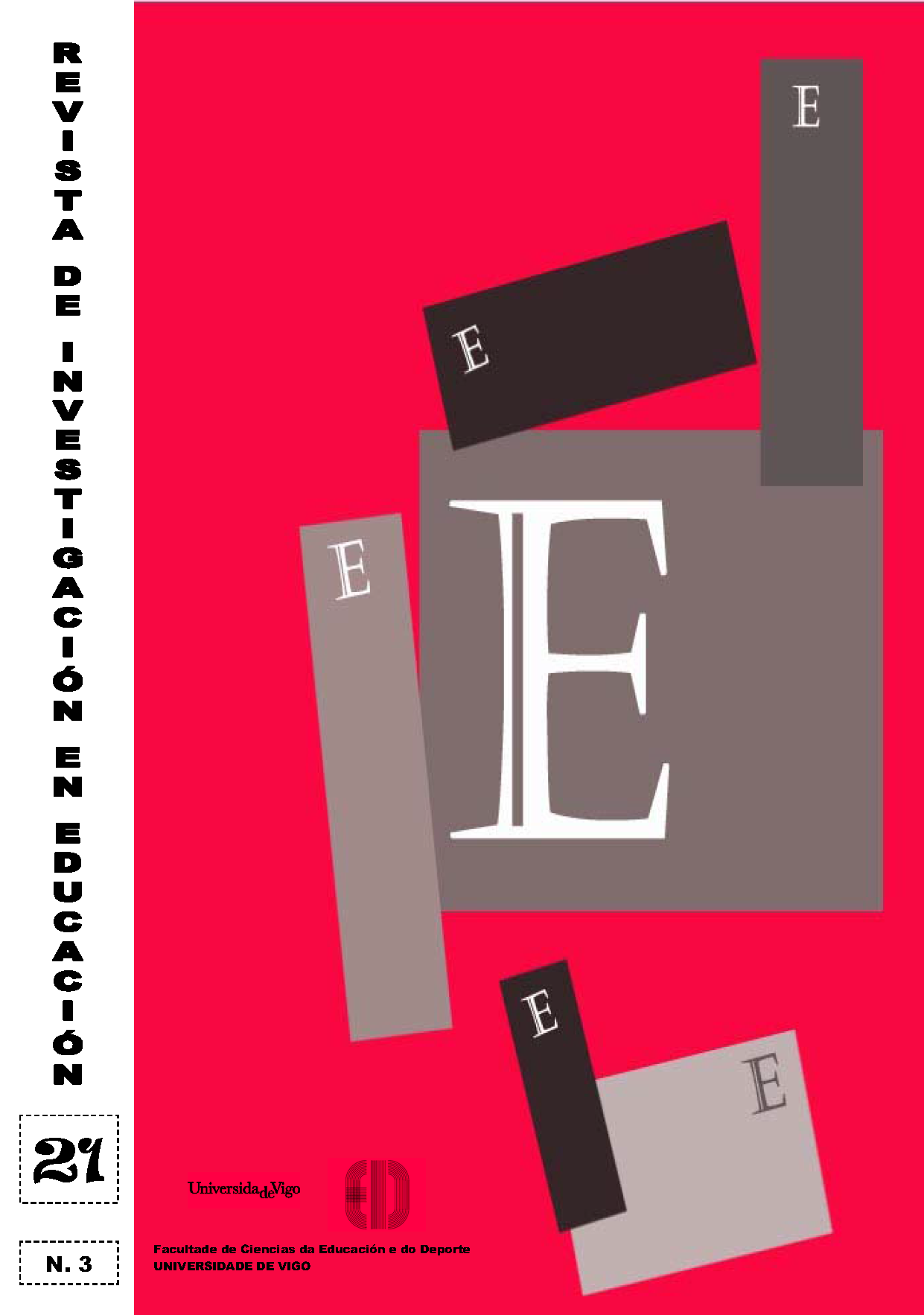Bilingualism and segregation of students with educational needs: a case study in the region of Madrid
DOI:
https://doi.org/10.35869/reined.v21i3.4978Keywords:
Bilingualism, School Segregation, Educational Needs, School MapsAbstract
This research aims to analyze the relationship between the bilingual program and the segregation of students with special educational needs and educational compensation needs between bilingual and non-bilingual public schools. By means of a case study in a town in the south of Madrid, the schooling data of these students is analyzed. A hypothesis test is carried out on the mean of the proportion, which is complemented with the use of school maps and Gorard's index. The results show that the proportion of students with special educational needs and educational compensation is significantly higher in non-bilingual schools than in bilingual schools in the locality. The bilingual program is closely related to the school segregation of the students in the research, this effect being greater when the bilingual and non-bilingual schools are located close to each other.
Downloads
Downloads
Published
Issue
Section
License
Copyright (c) 2023 Revista de Investigación en Educación

This work is licensed under a Creative Commons Attribution-NonCommercial-NoDerivatives 4.0 International License.
The acceptance of the papers for publication, means that the printing and reproduction rights are owned by the journal. The conditions of use and reuse of content are those established in the Creative Commons CC BY-NC-ND 4.0 license.



